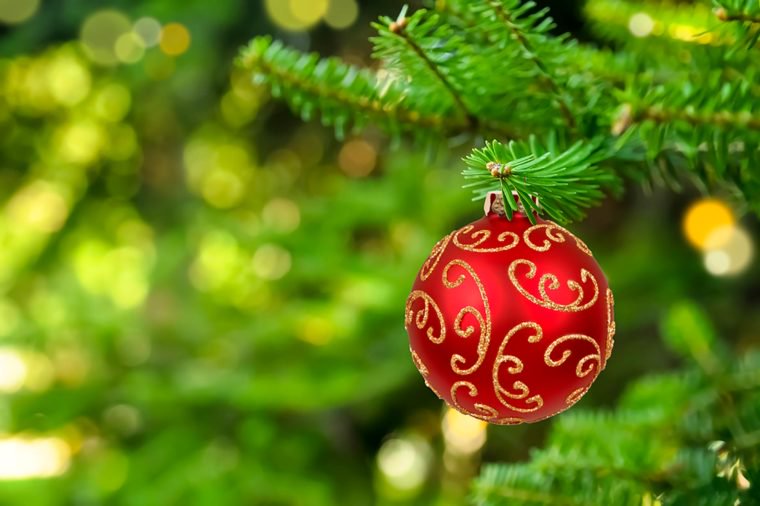Every major holiday has its classic color scheme. Halloween decorations are generally orange and black. Valentine’s Day is known for its reds, whites, and pinks. And every year around Christmas, the world sparkles with red and green hues.
Society has long associated Christmas with this classic color combo. We’ve accepted green and red as the most festive way to decorate cookies and homes, as long as you don’t go overboard. Yet we do so without any inkling of doubt. Sure, red and green make a lovely pair, but how did they become the official colors of Christmas?
It actually started centuries ago, when the colors were used to commemorate a different holiday. Ancient Celtic peoples revered red- and green-colored holly plants for being evergreen and believed holly was meant to keep Earth beautiful during the dead of winter. So when they and other cultures celebrated the winter solstice, they decorated their homes with holly to bring protection and good luck to their families in the coming year.
The tradition of pairing red and green dates continued into the 14th century, when the colors were used to paint medieval rood screens, which were partitions installed in churches to separate the congregation from the priest and the altar. Dr. Spike Bucklow, a research scientist at the University of Cambridge, speculates that this physical boundary could have influenced Victorians to associate the colors with a different boundary, marking the end of the old year and the beginning of a new one at Christmas.
Despite these meaningful religious traditions, there’s one person we should thank for confirming red and green as Christmas colors: Haddon Sundblom. Never heard of him? He’s the guy that Coca-Cola hired to draw a Santa Claus for the company’s ads.
Until that point, artistic renditions of Santa were never consistent. He was usually a thin-looking guy, and his robes varied between blue, green, and red. Sundblom chose to make him fat and jolly, wearing red robes (and, interestingly enough, the same color as the Coke logo). As Arielle Eckstut, co-author of Secret Language of Color, told NPR, that creative decision made all the difference. Of course, the ads grew in popularity, and people came to know Sundblom’s Santa as “the real one.” “It solidified in our collective imaginations the red of Santa’s robes with the green of fir trees and holly and poinsettia that we already had in our minds,” she said.
It seems that the history of how red and green came to symbolize Christmas is a lot like the holiday itself: rooted in religious tradition, modernized by commercialism, and continued by spirits of joy and good cheer. Think about that the next time you see lights blinking bright red and green.












